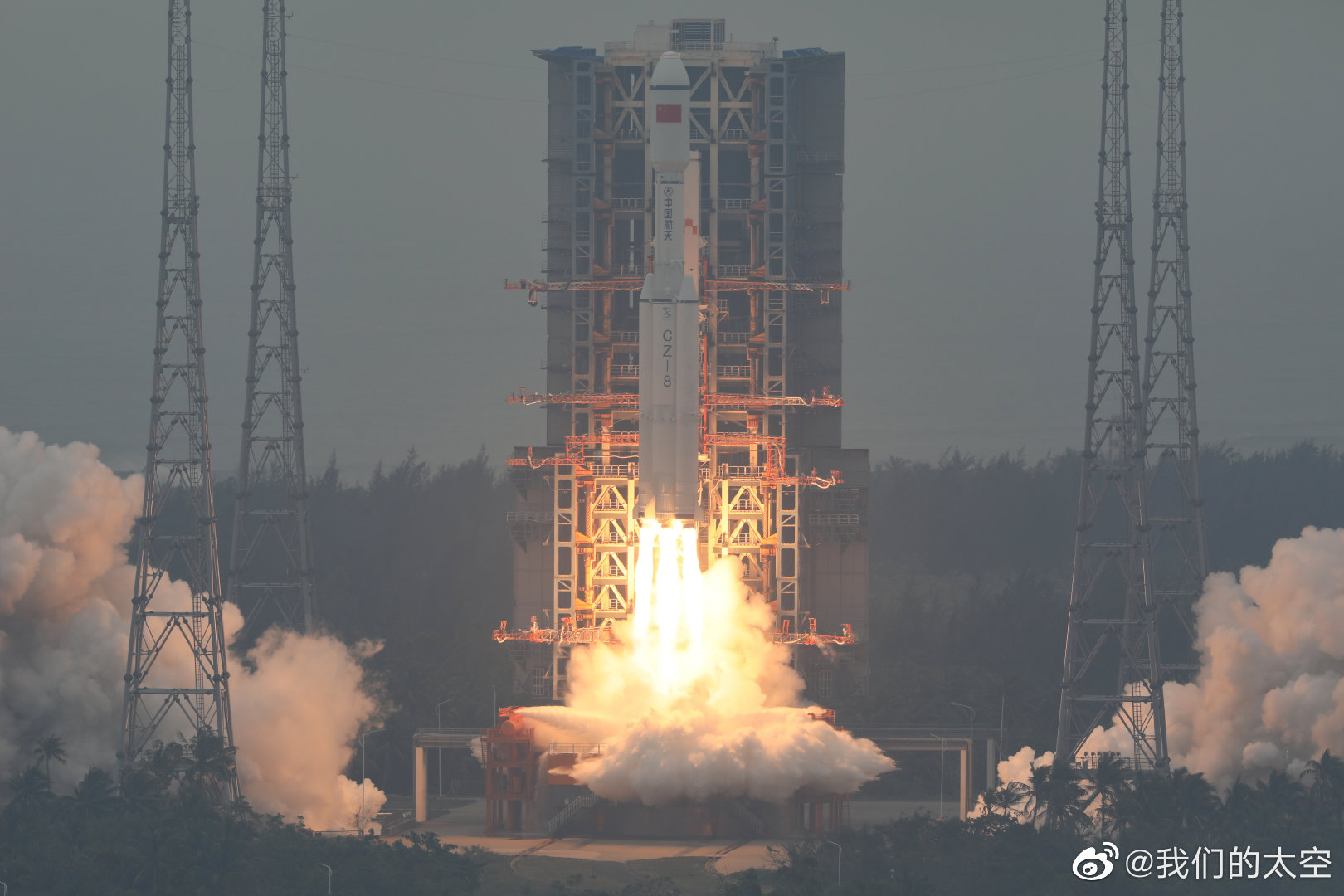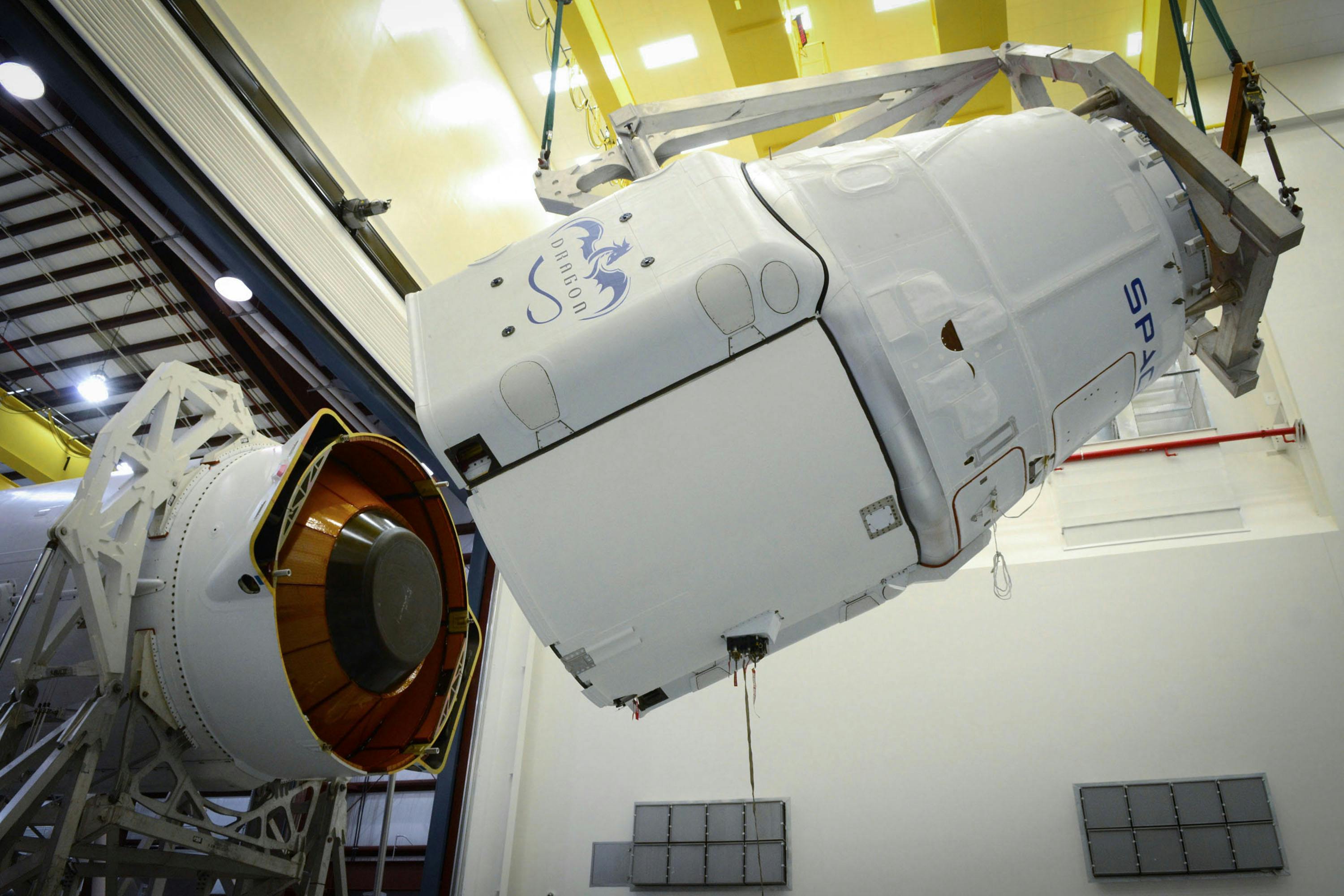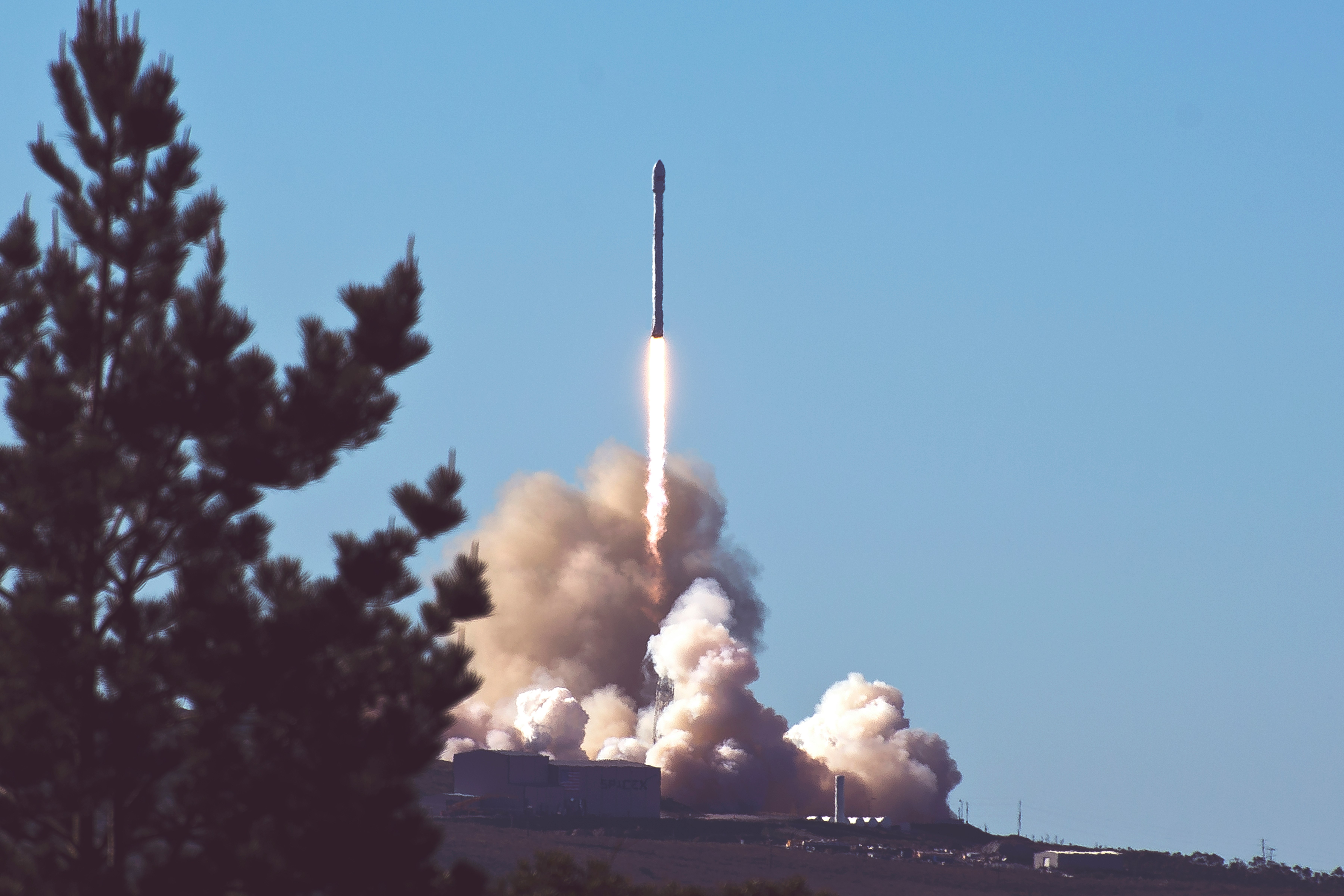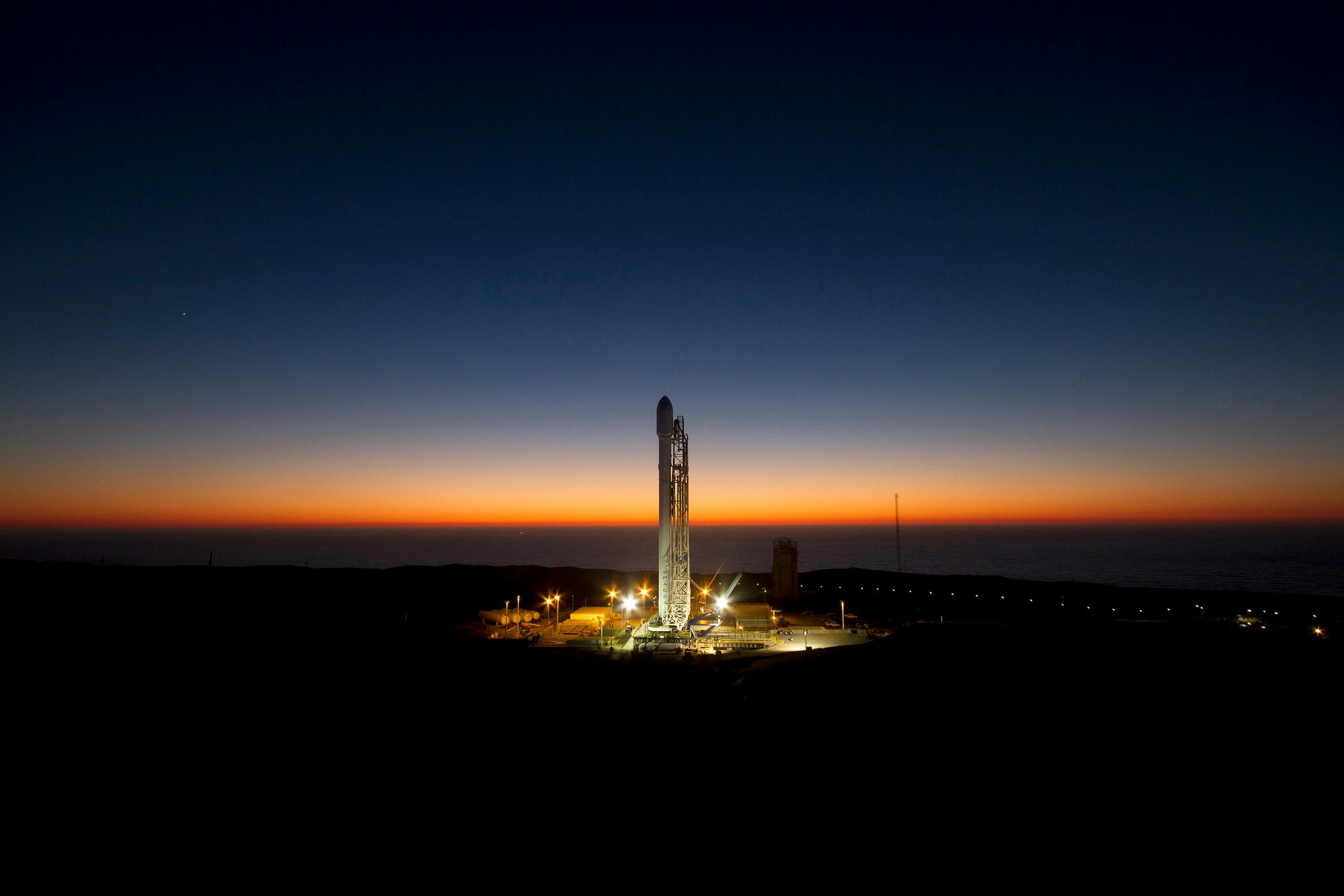· space brief · 4 min read
Space Brief 20 Jan 2025
Today's Space Brief highlights SpaceX's return to Starlink launches, a call to address space debris, and changes in NASA leadership under the new Trump administration.

📄Top Stories
SpaceX successfully returns to launching Starlink satellites, continuing its mission to provide global internet coverage following the recent Starship test flight. Amid these activities, a group of scientists has called on the UN to prioritize the mitigation of space debris in Earth’s orbit. Additionally, the recent inauguration of President Trump has led to confusion in NASA’s leadership, impacting future space initiatives.
📰Detailed Coverage
SpaceX Resumes Starlink Launches After Starship Setback
SpaceX is making headlines again, returning to the skies with 21 new Starlink satellites, following its Starship megarocket explosion last week. The launch on January 21 marks a significant step for the company as it continues expanding its ambitious Starlink internet constellation, which aims to provide broadband service globally.
For enthusiasts tracking these developments, our web app offers a feature to monitor Starlink’s growing network, integrating real-time data for each satellite’s journey through space. Check it out to see where the latest batch is currently positioned and its potential coverage areas.
Read the full story: Space.com
International Scientists Urge UN Action on Space Debris
In a call to protect Earth’s orbit, international scientists have urged the United Nations to integrate space debris management into its sustainable development goals. As fragments in space increase the risk of collisions and satellite damage, experts emphasize the urgency of establishing international frameworks to mitigate orbital debris.
The scientists’ proposal highlights the critical need for global cooperation to ensure long-term sustainability in space activities, which has implications for both satellite longevity and orbital traffic predictions.
Read the full story: Space.com
NASA Faces Leadership Changes as New Trump Administration Takes Office
The recent inauguration of President Trump has introduced uncertainty regarding the acting leadership at NASA. Despite ambitious declarations about sending humans to Mars, clear directives regarding NASA leadership remain unsettled, raising questions about the administration’s approach to space exploration.
These administrative adjustments may affect NASA’s strategic planning and could influence upcoming missions and collaborations with other space agencies.
Read the full story: SpaceNews
Senate Moves Forward with Hegseth’s Nomination for Defense Secretary
The Senate Armed Services Committee has progressed with Pete Hegseth’s nomination to become the U.S. Secretary of Defense. His pending confirmation reflects a predominantly party-line support, indicating potential shifts in defense-related space policy and military satellite development.
The outcome of this nomination process might influence future space defense strategies and resource allocation within the military sector.
Read the full story: Breaking Defense
🛰️Satellite Spotlight
- Satellite Name: RASCOM QAF 1R
- NORAD ID: 36831
- Launch Date:
- Mission: Providing telecommunication services to rural Africa
- Orbit: Inclination 0.0338°, Period 1436.11 minutes, Eccentricity 0.0006559
- Operator: I-RASC/RSQ
- Fun Fact: RASCOM-QAF 1R was launched to replace the failed RASCOM-QAF 1 satellite, ensuring continuous telecommunication services across African countries.
Current TLE Data:
1 36831U 10037B 25020.30118682 .00000033 00000-0 00000-0 0 9996
2 36831 0.0338 96.4583 0006559 197.4886 297.2756 1.00270936 53150Track this satellite in real-time on our web app: Track RASCOM QAF 1R
🚀Upcoming Space Launches
January 20
-
Galactic Energy Ceres-1:
- Unknown Payload from Jiuquan Satellite Launch Center, People’s Republic of China (09:59 UTC)
-
SpaceX Falcon 9:
- Starlink Group 11-8 from Vandenberg Space Force Base, CA, USA (15:32 UTC) A batch of satellites for the Starlink mega-constellation - SpaceX’s project for space-based Internet communication system.
January 21
- SpaceX Falcon 9:
- Starlink Group 13-1 from Kennedy Space Center, FL, USA (05:13 UTC) Another batch of satellites for the Starlink mega-constellation.
January 24
-
SpaceX Falcon 9:
- Starlink Group 11-6 from Vandenberg Space Force Base, CA, USA (13:54 UTC)
-
SpaceX Falcon 9:
- Starlink Group 10-12 from Cape Canaveral Space Force Station, FL, USA (22:45 UTC)
January 26
- Indian Space Research Organization GSLV Mk II:
- IRNSS-1K (NVS-02) from Satish Dhawan Space Centre, India (22:45 UTC) A replacement satellite for the Indian Regional Navigation Satellite System, providing an alternative to GPS.
January 29
- SpaceX Falcon 9:
- SpainSat NG I from Cape Canaveral Space Force Station, FL, USA (04:00 UTC) First of two new-generation satellites to provide secure communications to the Spanish government and allies.
January 31
-
Rocket Lab Electron:
- IoT 4 You and Me (Kinéis 16-20) from Rocket Lab Launch Complex 1, Mahia Peninsula, New Zealand (00:00 UTC) A batch of five satellites for the French Kinéis IoT constellation.
-
SpaceX Falcon 9:
- Starlink Group 12-3 from Cape Canaveral Space Force Station, FL, USA (00:00 UTC)
-
China Aerospace Science and Technology Corporation Long March 8:
- G60 Group TBD from Wenchang Space Launch Site, People’s Republic of China (00:00 UTC) Low Earth Orbit communication satellites for the G60 constellation.
Note: Launch dates and times are subject to change due to technical or weather considerations.

Maurice Stellarski





